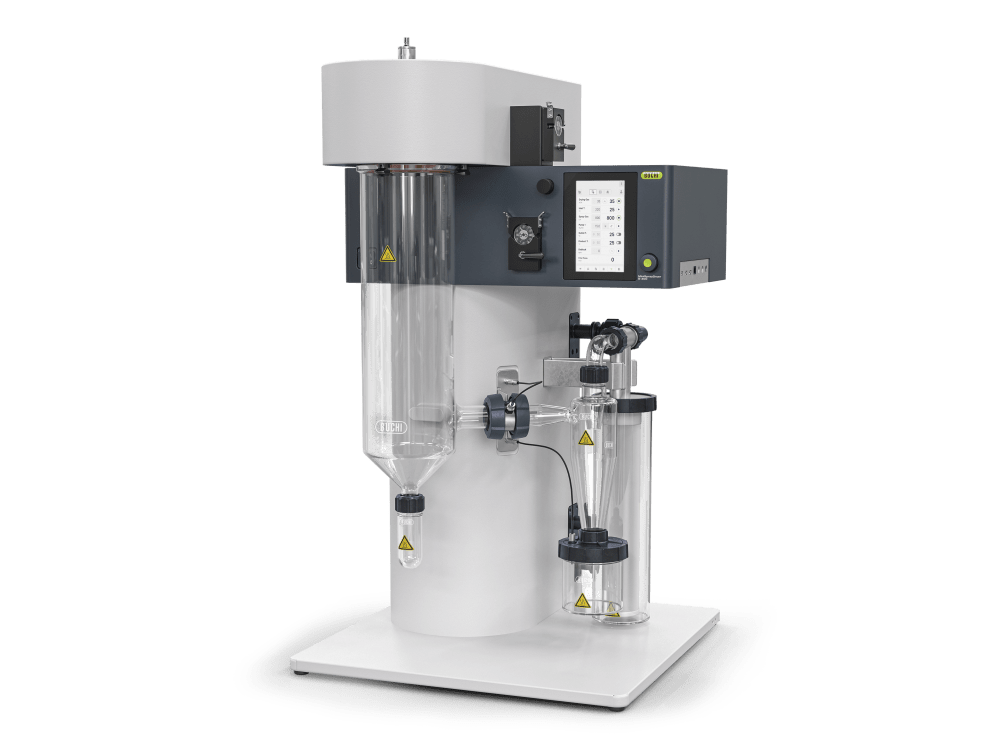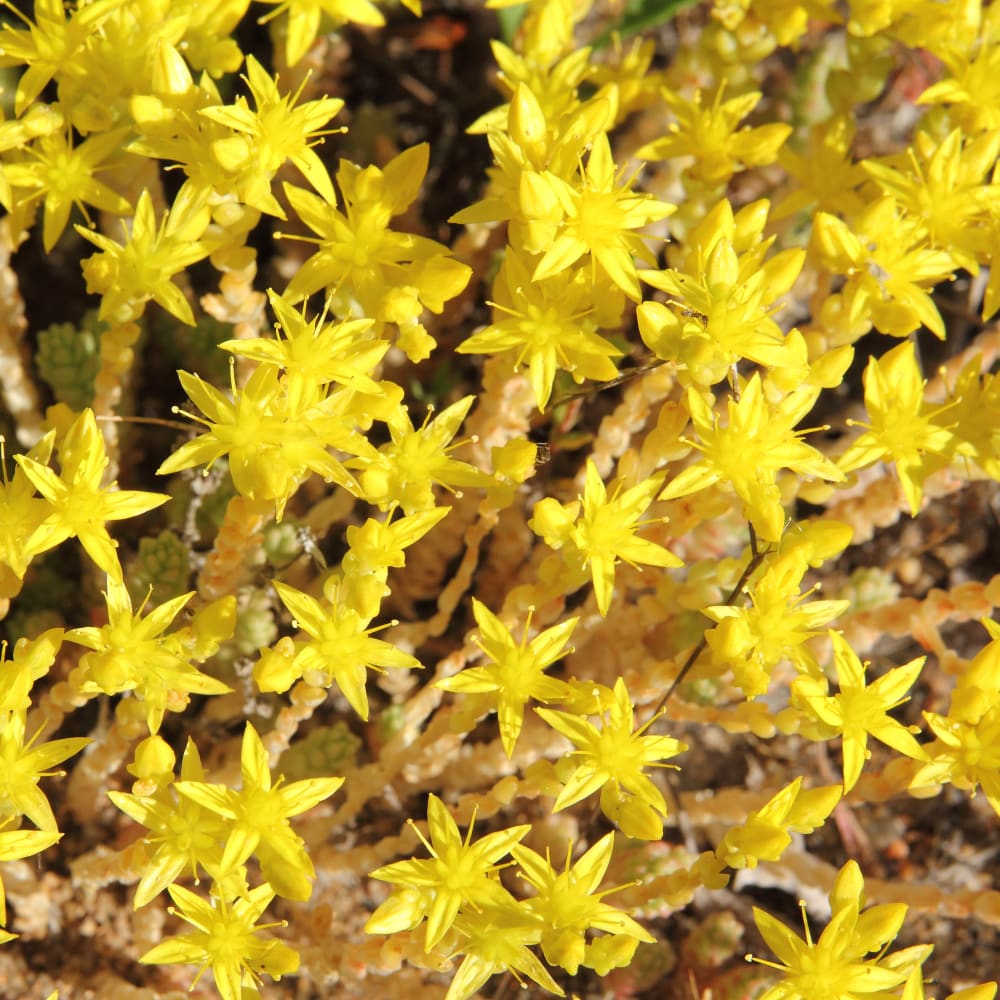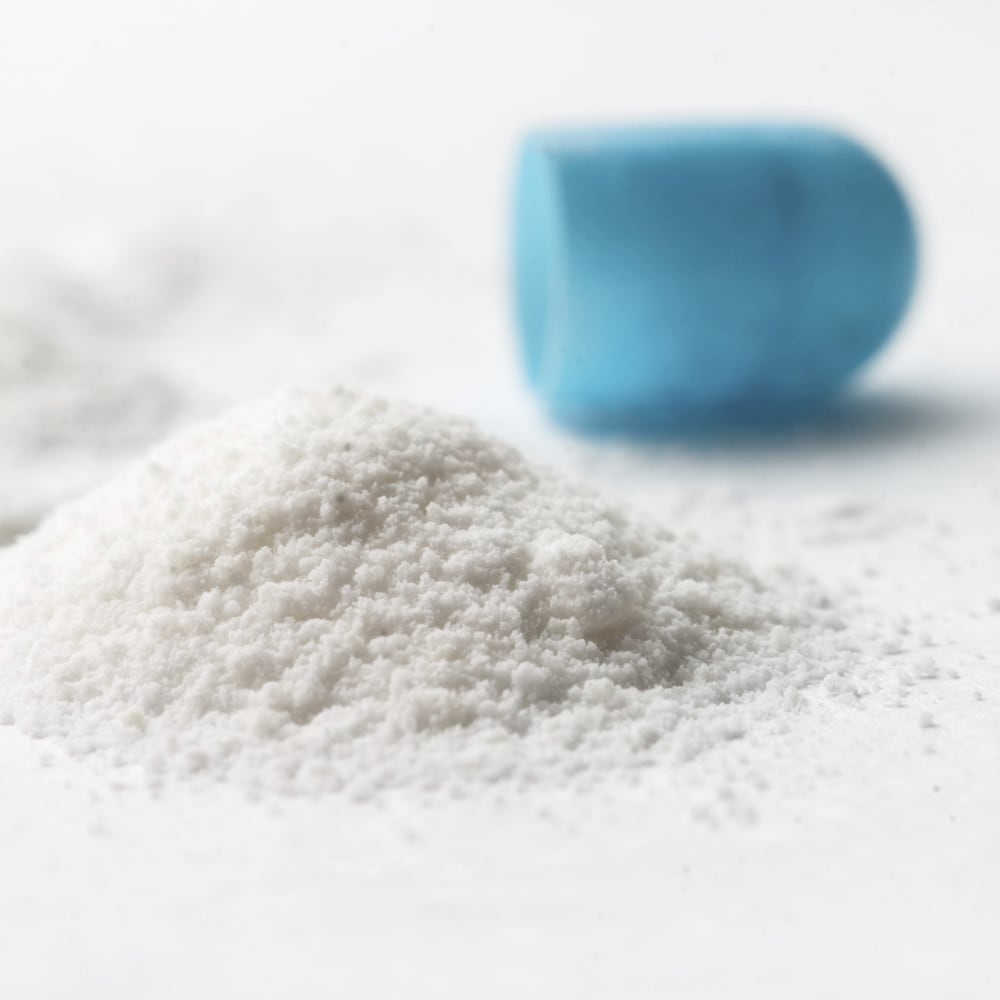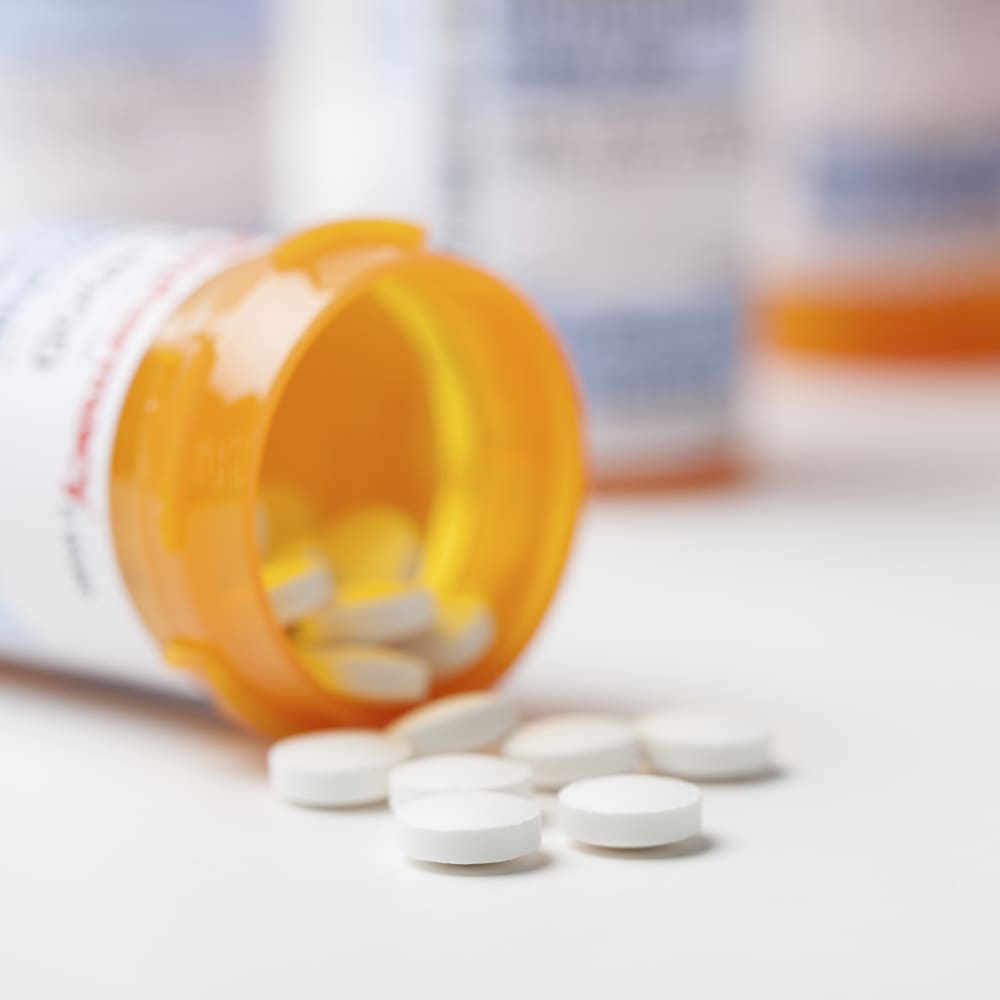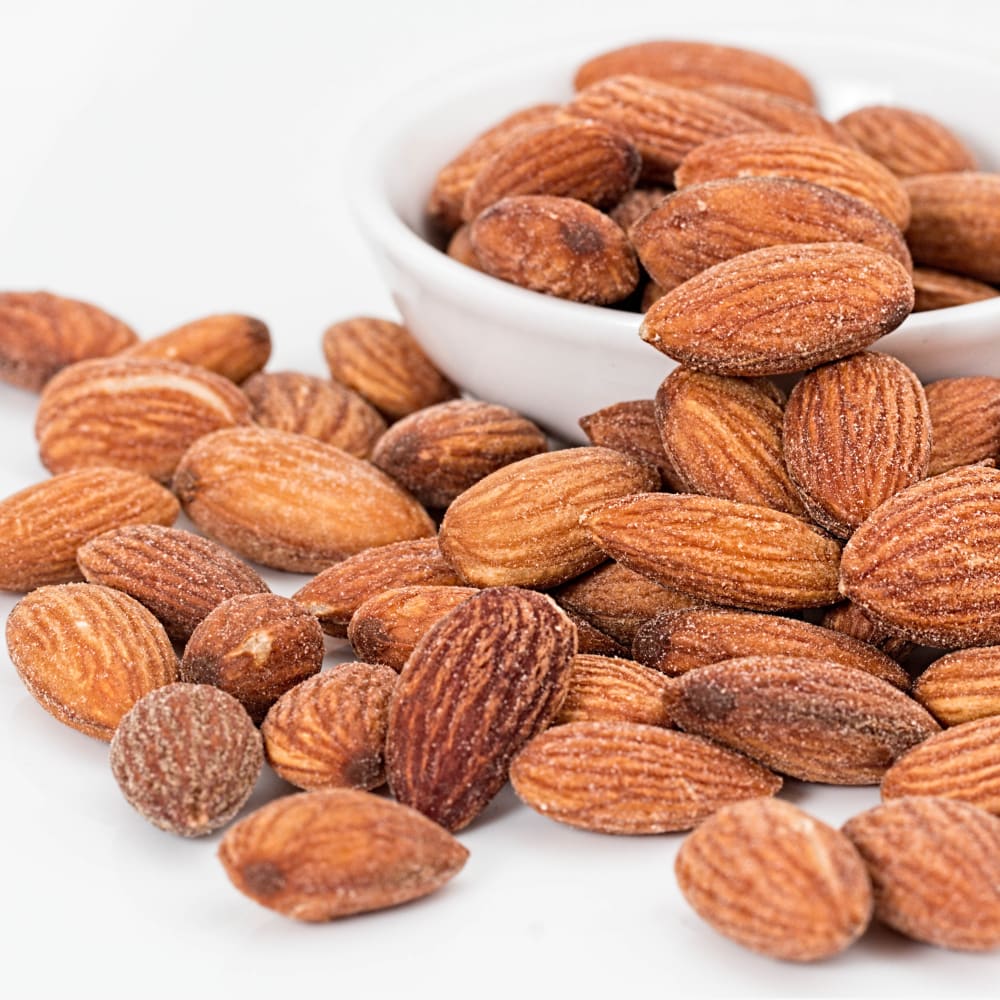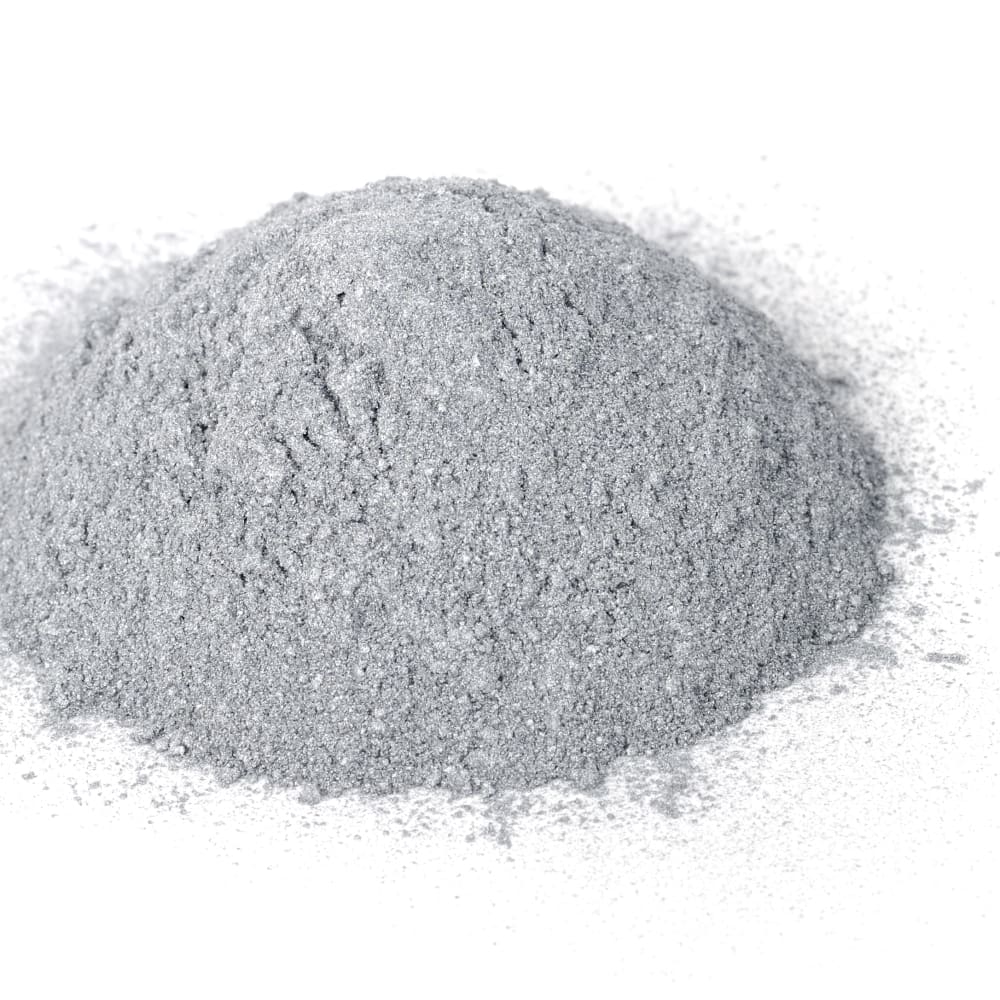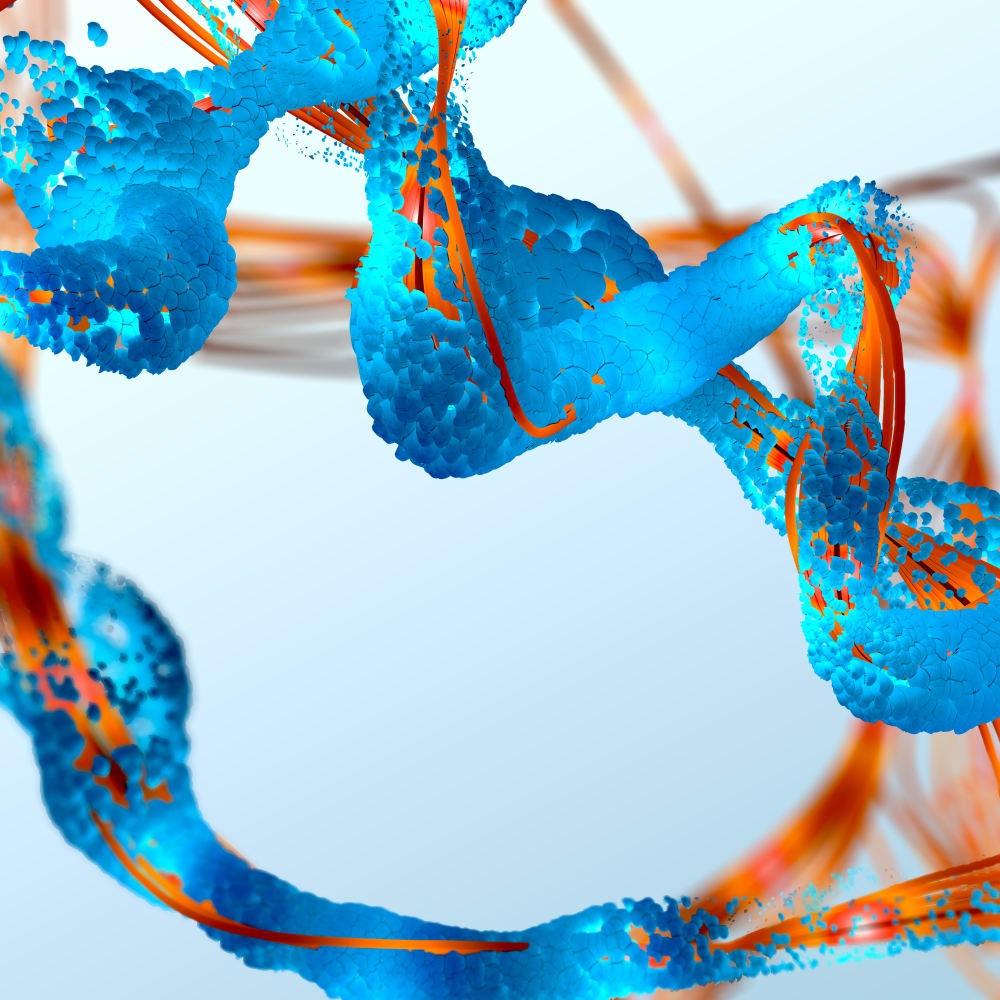Spray Drying of Co-polymer Polylactic acid/Glucolic acid PLA/PGA
Spray Drying of Co-polymer Polylactic acid/Glucolic acid PLA/PGA with the Mini Spray Dryer B-290
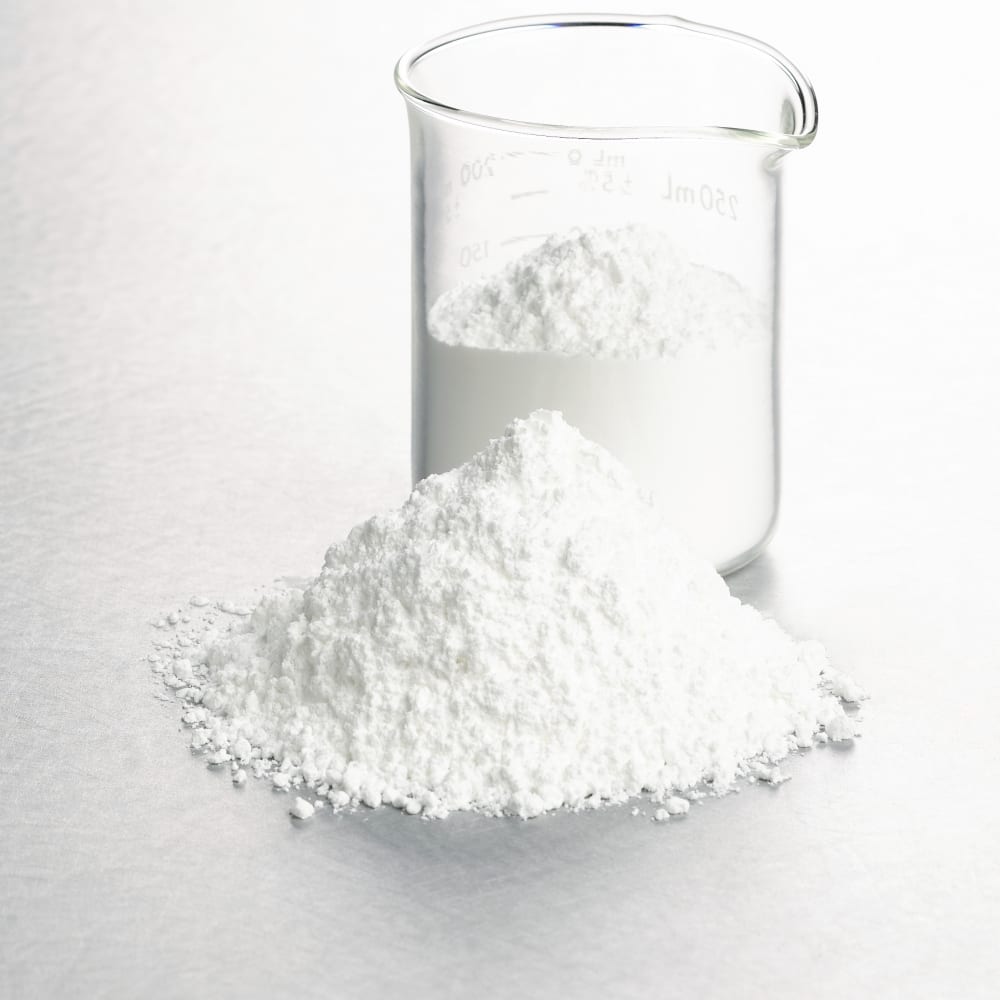
Co-polymer Polylactic acid/Glucolic acid (PLA/PGA) is a biodegradable polymer that has gained popularity in various applications such as biomedical implants, tissue engineering, and drug delivery systems. Spray drying has been used as a technique to produce dry powders of PLA/PGA.
During the spray drying process, a PLA/PGA solution is atomized into fine droplets and dried in a hot air stream to produce a dry powder. The resulting powder has good solubility, biocompatibility, and biodegradability, making it ideal for biomedical applications.
Areas of spray drying of PLA/PGA include the optimization of the processing conditions to control the morphology and size of the resulting particles. Factors such as the type of solvents, processing temperature, and feed rate can affect the particle size, distribution, and morphology of the resulting powder.
Spray-dried PLA/PGA powders are used in various biomedical applications such as drug delivery systems, wound healing, and tissue engineering. The use of spray drying technology ensures the uniformity and consistency of the powder, making it a preferred method for producing PLA/PGA-based dry powders.
Please see the application note No. 482 for starting parameters, formulations and some results.
